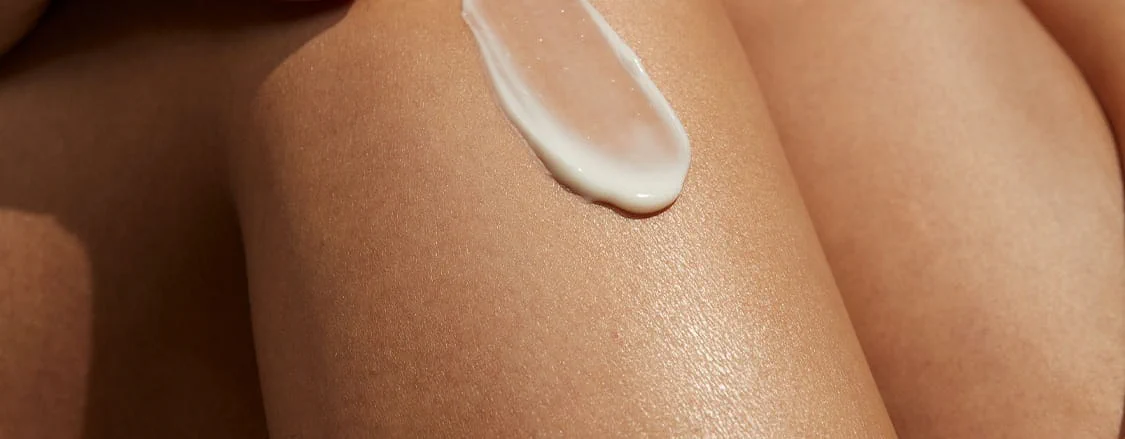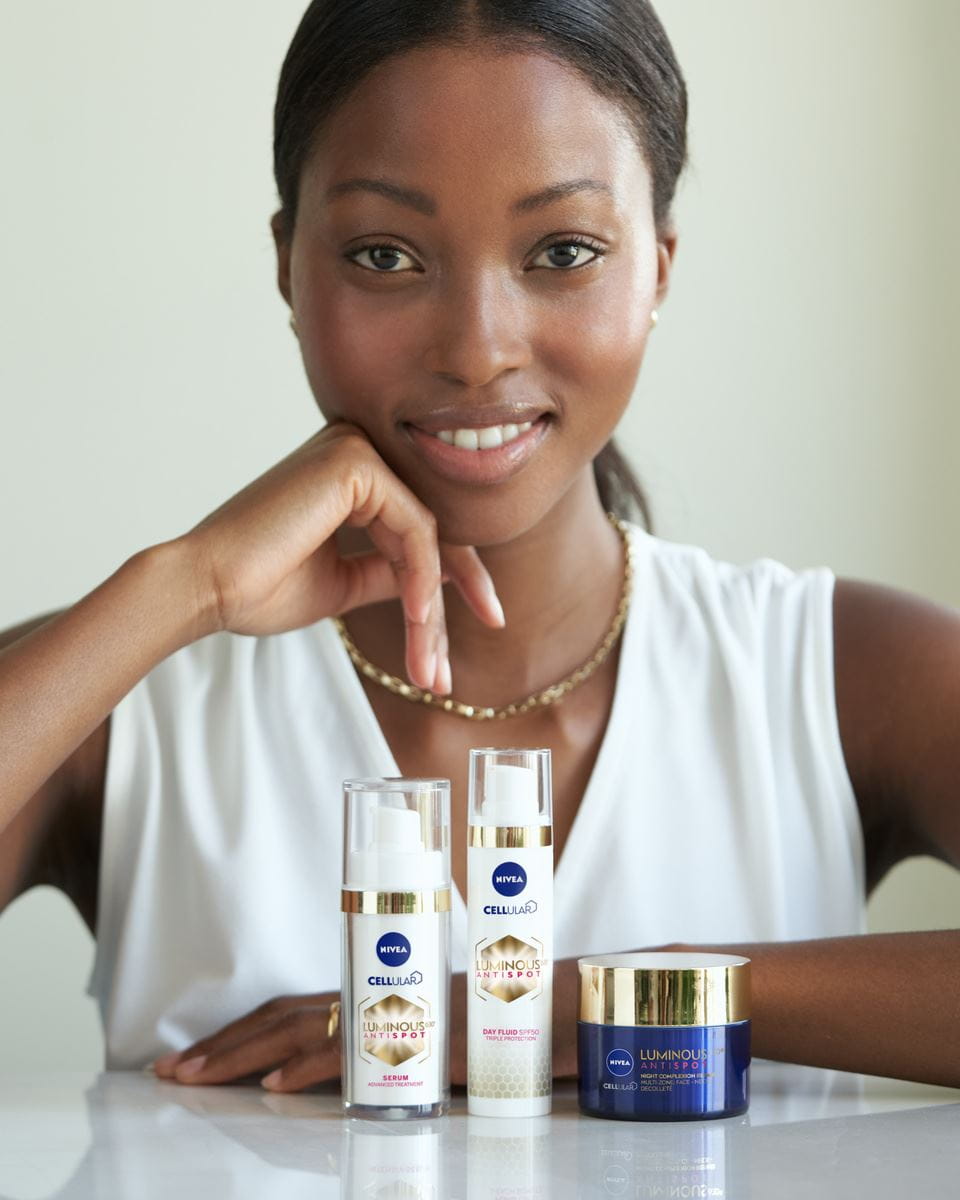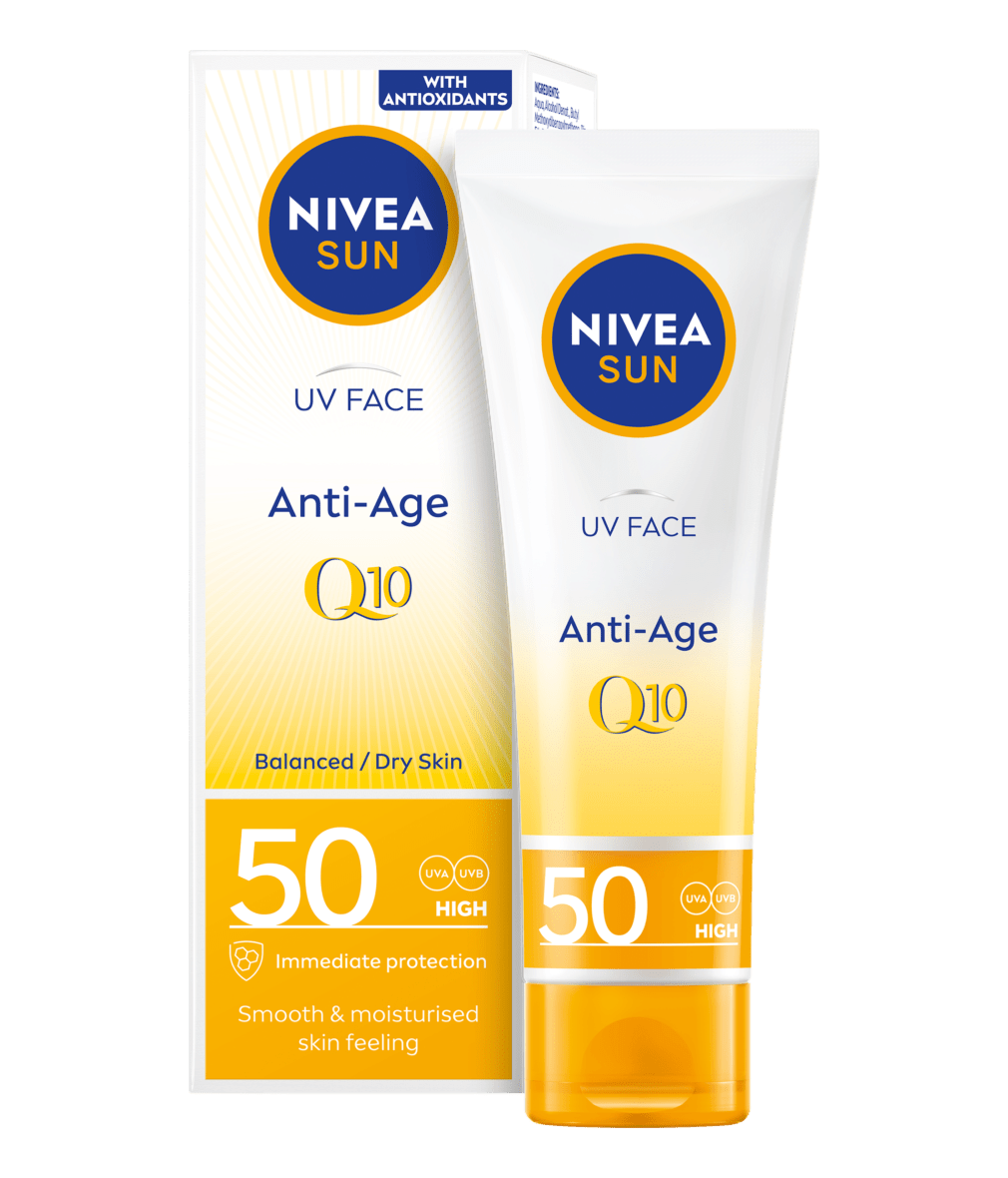
WHY DO WE GET FRECKLES?
Do you ever wonder why do we get freckles? Read here to discover what are freckles, why we get them and some amazing skincare tips for them.
Why do we get freckles?
What are freckles and how do they form?
Freckles are small areas of extra pigmentation on the skin made up of melanin, the hormone that determines your skin’s colour. Freckles are flat, tan or light brown and appear either as a single spot or, more usually, appear as a group. Freckles on the face are most common, but they often appear on the shoulders, arms, chest and back. They are sensitive to sunlight and will usually wane in winter.
But, why do we get freckles, what are freckles and can you stop freckles?
Discover what causes skin to freckle easily and who is more likely to have these wonderful markings.
Why do we get freckles?
What causes freckles?
How to care for freckles on the face
Your freckles are what make you so unique – learn how to make the most of gorgeous freckled skin.
Step-by-step face care routine for freckles
WHY DO WE GET FRECKLES?
How to stop freckles
WHY DO WE GET FRECKLES?
Lentigo
Why do we get freckles?
Stay out of the sun
The best creams for freckles
How to remove freckles on the face and body
If you're looking to know how to remove freckles from the face and body, remember they look great! But the right creams and treatments can help protect, brighten and support your skin and freckles.







